
Eustachian Tube Dysfunction and Eustachian Tube Dilation in New Jersey and Philadelphia
Penn Medicine Becker ENT & Allergy offers advanced Eustachian tube treatment options for patients in New Jersey and Philadelphia suffering from Eustachian tube dysfunction (ETD). The Eustachian Tube Balloon Dilation is an innovative, minimally invasive procedure that aims to restore proper ear function and alleviate the symptoms associated with ETD. Using these advanced techniques and systems, our highly skilled, board-certified ENT physicians at Penn Medicine Becker ENT & Allergy help patients regain normal ear function and improve their overall ear health. While results may vary, patients often see improved ear function, long-lasting relief, and improved quality of life after undergoing Eustachian tube dilation.
- Restorative Benefits of Eustachian Tube Dilation
- Looking to Regain Your Ear Function from Eustachian Tube Dysfunction?
- What is Eustachian Tube Dysfunction?
- Causes of Eustachian Tube Dysfunction
- Eustachian Tube Dysfunction Symptoms
- Ideal Candidates for Eustachian Tube Dilation
- The Eustachian Tube Dysfunction Consultation
- The Eustachian Tube Dilation Procedure
- Recovery from Eustachian Tube Dilation
- Long-Term Results of Eustachian Tube Dilation
- Why Choose Penn Medicine Becker ENT & Allergy for Eustachian Tube Dysfunction Treatment?
- Why Choose Our Specialists?
- Eustachian Tube Dysfunction FAQ
Eustachian Tube Dysfunction: Key Takeaways
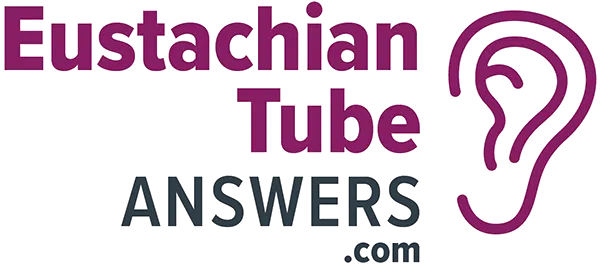
- Eustachian tube dysfunction (ETD) is a condition where the Eustachian tube does not function properly, leading to symptoms like ear fullness, pain, and muffled hearing.
- Eustachian tube dilation is a minimally invasive procedure that can restore proper ear function and alleviate ETD symptoms by allowing air and mucus to flow through the Eustachian tube.
- Ideal candidates for Eustachian tube dilation are patients with persistent ETD who have not found relief through medication or other conservative treatment options.
- The Eustachian tube dilation procedure system typically takes around 30 minutes to complete, and is often performed in the office.
- Recovery from Eustachian tube dilation is generally quick and straightforward, with patients experiencing minimal discomfort and returning to normal activities within a short period of time.
Persistent Eustachian tube dysfunction (ETD) can cause discomfort, pain, and complications if left untreated. At Penn Medicine Becker ENT & Allergy, our team of board-certified healthcare providers offers the Eustachian Tube Balloon Dilation as a treatment option for patients in New Jersey and Philadelphia. With our exceptional care, we help patients regain normal ear function and alleviate the symptoms associated with ETD.
Restorative Benefits of Eustachian Tube Dilation
If you experience Eustachian tube dysfunction (ETD), it’s important to know that Eustachian tube dilation provides benefits, such as:
Looking to Regain Your Ear Function from Eustachian Tube Dysfunction?
If you’re experiencing issues like persistent ear pain, tinnitus, dizziness, or muffled hearing, it may be time to treat ETD with Eustachian Tube Balloon Dilation. Nasal sprays and other alternatives may not help. Consult with a board-certified ENT physician to determine if this advanced ETD treatment is right for you.
What is Eustachian Tube Dysfunction?
Eustachian tube dysfunction (ETD) is the inability of the Eustachian tube, a narrow passage connecting the back of the nose (nasopharynx) to the middle ear space, to perform its essential functions, such as protecting the middle ear from disease, ventilating the middle ear, and draining secretions. ETD affects up to 5% of the adult population and occurs when the tube does not open or close properly, leading to a range of symptoms and complications if left untreated.
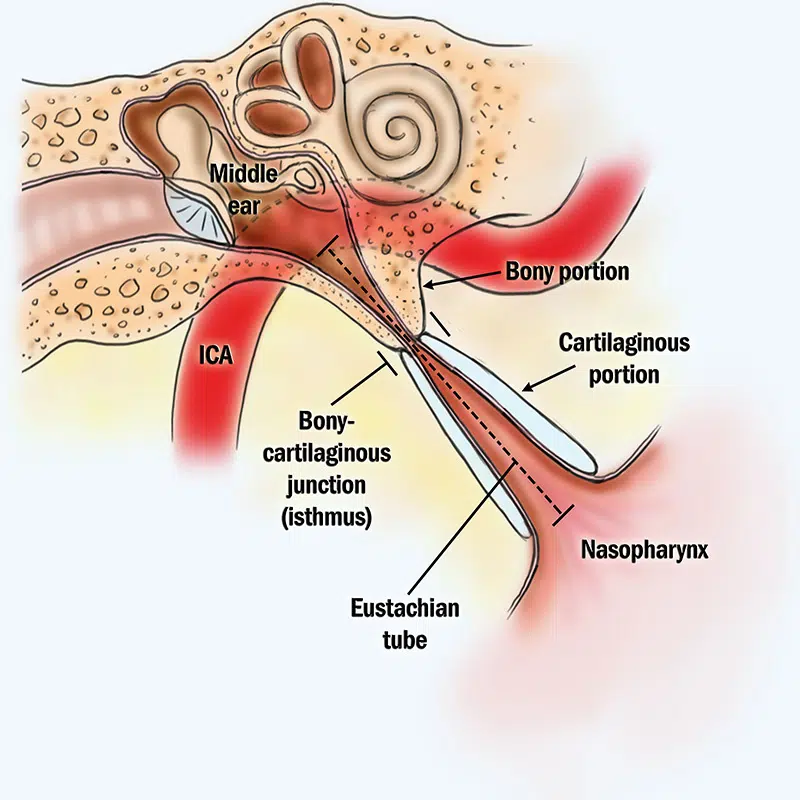
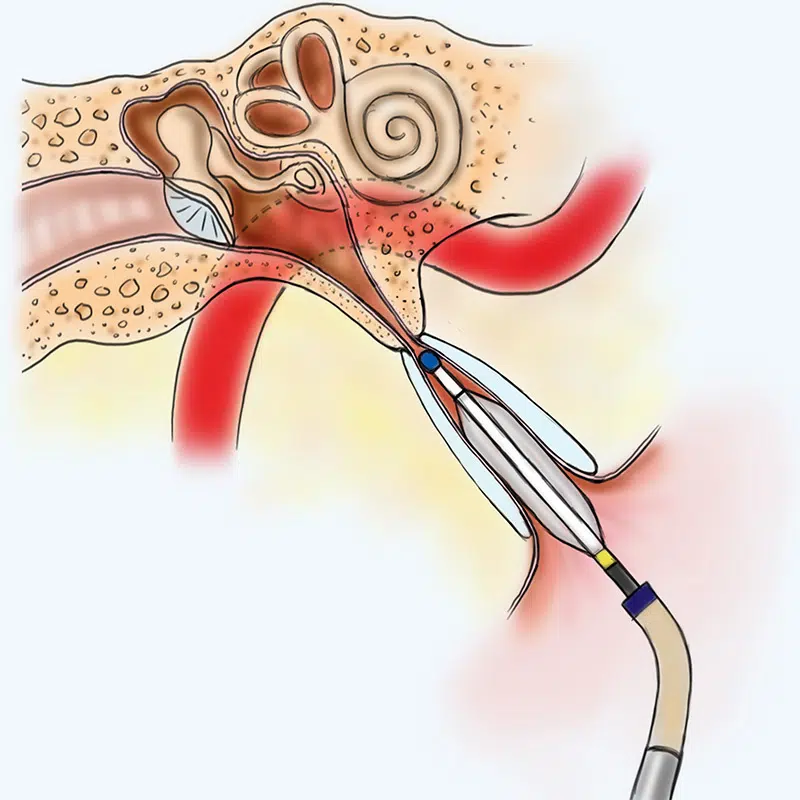
Causes of Eustachian Tube Dysfunction
Eustachian tube dysfunction (ETD) can be triggered by several factors, primarily anything that hinders the tube from opening or closing as it should. A common cause of ETD is swelling of the mucosal lining within the eustachian tube. This swelling can obstruct the tube, preventing it from functioning optimally.
In addition, respiratory infections such as colds, sinus infections, and other infections affecting the nose, sinuses, ears, and throat can lead to ETD. These infections can cause inflammation and congestion, further exacerbating the condition. The obstruction can lead to issues with air pressure and fluid drainage in the middle ear, contributing to the symptoms of ETD.
Eustachian Tube Dysfunction Symptoms
When Eustachian tubes are not functioning properly, patients may experience a variety of symptoms. These may include:
- Muffled hearing.
- A sensation of fullness in the ear.
- Persistent ear pain and discomfort.
- Difficulty equalizing middle ear pressure, leading to discomfort and further complications.
- Tinnitus, which is characterized by a persistent ringing or buzzing sound in the ear.
- Dizziness.
Ideal Candidates for Eustachian Tube Dilation
Patients suffering from persistent Eustachian tube dysfunction, characterized by symptoms such as ear fullness, pain, muffled hearing, and dizziness, may be ideal candidates for Eustachian tube dilation. This procedure can be particularly beneficial for those who have not found relief through medication or other conservative treatment options.
In addition, patients with a history of ear, nose, sinus, or throat infections that have led to ETD may also be considered for this procedure. As always, a thorough consultation with a healthcare provider is necessary to determine the most suitable treatment approach.
The Eustachian Tube Dysfunction Consultation
During the consultation, our healthcare providers at Penn Medicine Becker ENT & Allergy will carefully evaluate your symptoms and medical history to determine if you are experiencing Eustachian tube dysfunction. This thorough assessment will help us identify the potential causes of your ETD and determine the most appropriate treatment approach. This may include an examination of the nasal passages, ear canals, and the back of the throat. Audiological testing may also be helpful in diagnosing your ETD.
By addressing your concerns and answering any questions you may have, our team will ensure that you have a clear understanding of the condition and the available treatment options.
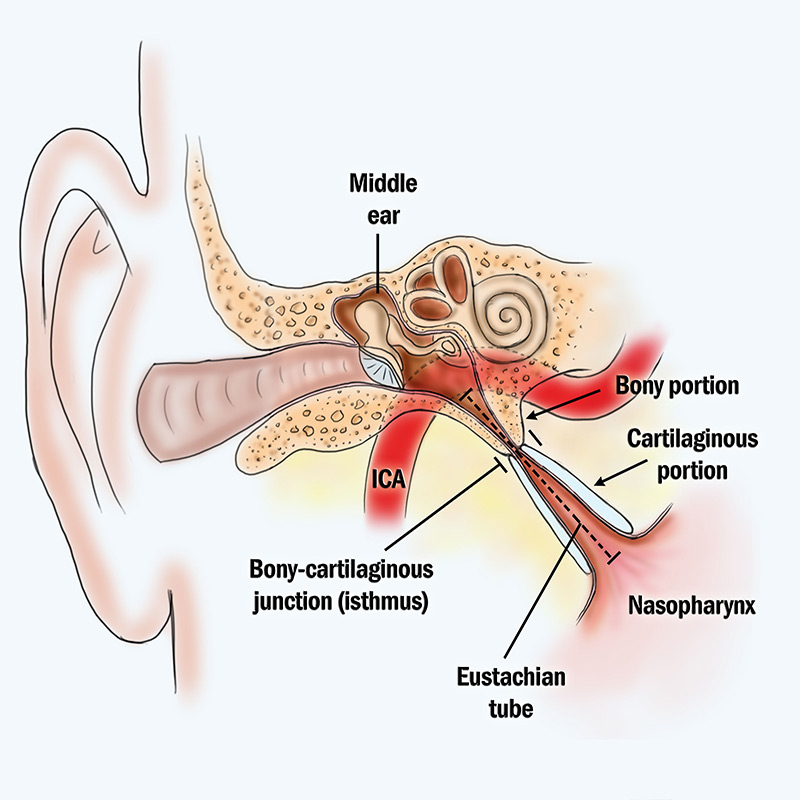
The Eustachian Tube Dilation Procedure
Eustachian Tube Balloon Dilation System
At Penn Medicine Becker ENT & Allergy, we perform Eustachian Tube Balloon Dilation to treat persistent ETD. This innovative and minimally invasive procedure is designed specifically for the Eustachian tube anatomy, allowing our healthcare providers to effectively dilate the tube and restore proper function. The procedure steps include:
- Using local anesthesia or general anesthesia, depending on patient preference or doctor recommendation.
- The procedure involves inserting a small balloon through the patient’s nose using a catheter and into the Eustachian tube.
- Once inflated, the balloon opens up a pathway for mucus and air to flow, potentially improving ear function and alleviating symptoms.
- After the Eustachian tube is dilated, the balloon is deflated, and the catheter is removed.
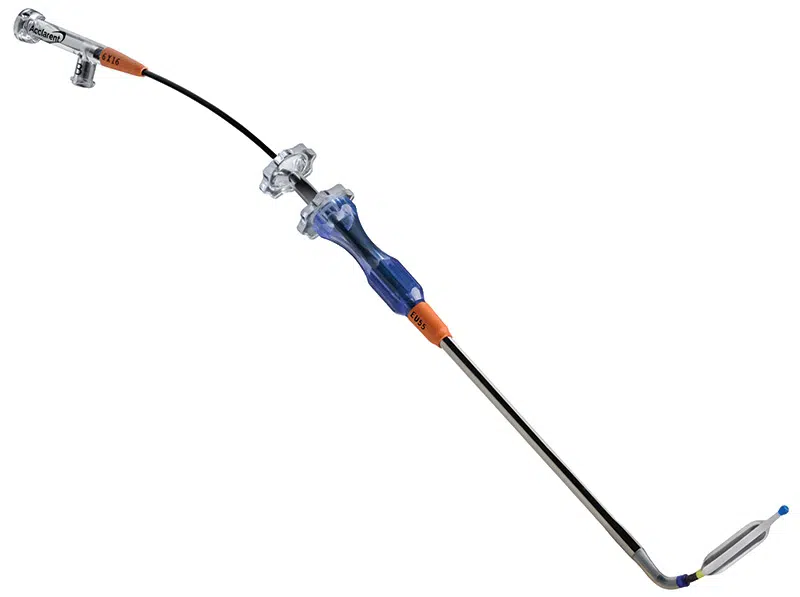
Recovery from Eustachian Tube Dilation
Recovery from Eustachian tube dilation is generally quick and straightforward. Most patients, especially those experiencing chronic eustachian tube dysfunction symptoms such as ear pain, pressure, and hearing loss, report minimal discomfort and can return to their normal activities, including those involving altitude changes like flying or scuba diving, within a short period. Your healthcare provider will provide detailed post-procedure instructions to ensure a smooth recovery process.
Following these guidelines is essential to manage air pressure in the middle ear effectively, drain fluid, and prevent inflammation or infection. Attending any scheduled follow-up appointments is crucial to monitor your progress and ensure the best possible outcome for both ears.
Long-Term Results of Eustachian Tube Dilation
Researchers have shown that eustachian tube dilation provides long-lasting relief from eustachian tube dysfunction symptoms and improves overall ear function. Clinical studies have demonstrated a high technical success rate in dilated eustachian tubes, with improved quality of life measures when compared to medical management alone for patients with tube dysfunction.
As with any medical procedure, individual results may vary, and discussing your expectations with your healthcare provider during the consultation is essential, particularly for those with baro-challenge-induced ETD or experiencing symptoms like fullness, tinnitus, or pain in the ear drum.
Why Choose Penn Medicine Becker ENT & Allergy for Eustachian Tube Dysfunction Treatment?
Penn Medicine Becker ENT & Allergy is a renowned healthcare practice with a team of nationally and internationally recognized experts. When you choose Penn Medicine Becker ENT & Allergy for your Eustachian tube dysfunction treatment, you can expect the following:
- Personalized care tailored to your unique needs and goals.
- Advanced treatment options, including the Eustachian Tube Balloon Dilation System.
- A state-of-the-art facility designed for your comfort and well-being.
- A dedicated team of board-certified or board-eligible physicians, nurse practitioners, audiologists, and speech pathologists.
Our team at Penn Medicine Becker ENT & Allergy is committed to helping patients regain normal ear function and alleviate the symptoms associated with ETD by providing the highest level of care and expertise.
Why Choose Our Specialists?
- Dr. Kenneth Rosenstein is a highly trained, board-certified otolaryngologist who attended medical school at McGill University. Dr. Rosenstein specializes in ear, nose, and throat care, focusing on pediatric care, thyroid disease, hearing impairment, ear conditions, and voice and swallowing difficulties.
- Dr. Naomi Gregory is a highly trained, board certified otolaryngologist who specializes in the diagnosis and treatment of diseases of the ear, nose, and throat. Dr. Gregory completed medical school at the Philadelphia College of Osteopathic Medicine in Philadelphia PA.
- Dr. Michael Lupa, MD is a highly trained, board certified otolaryngologist with additional training in sinus surgery and allergy treatment as well as advanced skull base surgery. He studied Biology at Tufts University and went on to complete medical school at Case Western University School of Medicine in Cleveland, Ohio.
- Dr. Robert Mignone is a highly trained, board-certified otolaryngologist-head and neck surgeon who attended medical school at New York College of Osteopathic Medicine.
- Dr. Luke Kim is an otolaryngologist who specializes in the diagnosis, medical management, and surgical treatment of diseases of the ear, nose, and throat. Dr. Kim graduated with honors and with distinction from Cornell University and completed his medical studies at the Perelman School of Medicine at the University of Pennsylvania.
- Dr. Omar Ahmed is a highly skilled otolaryngologist-head and neck surgeon who completed his medical training at Rutgers Robert Wood Johnson Medical School. He is known for his extensive expertise in sinus and nasal disorders and has contributed significantly to the field with over 20 published articles and book chapters.

Pick one of our convenient locations
for your Airway Problems Treatment

